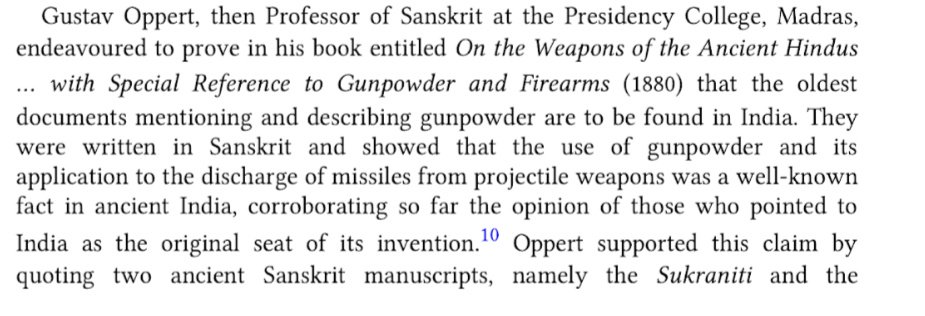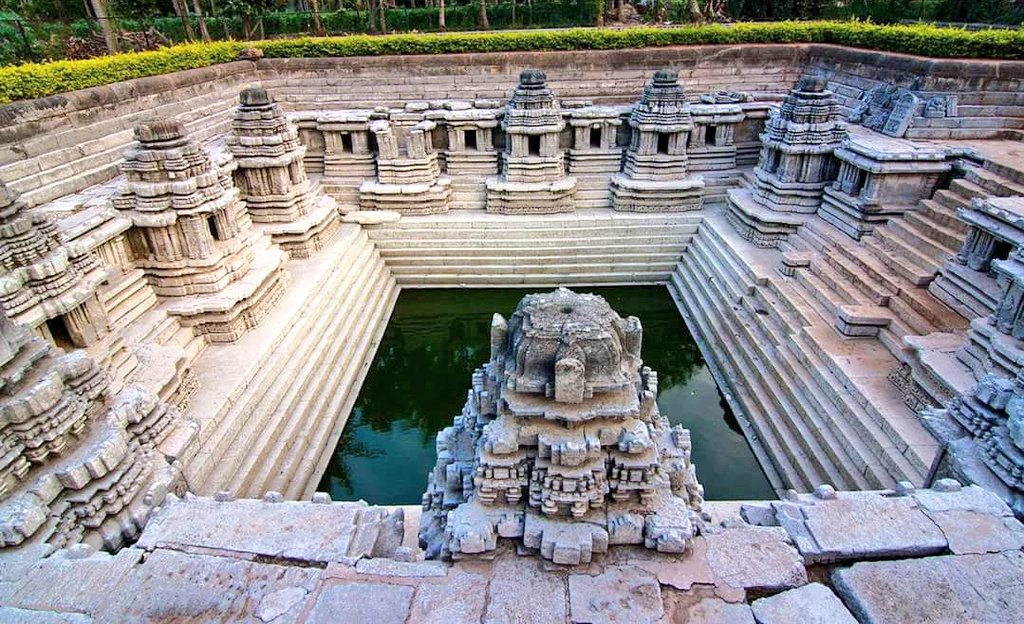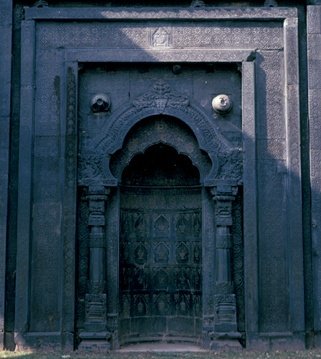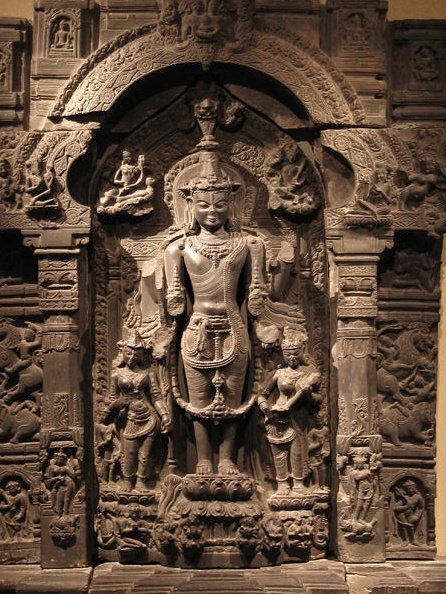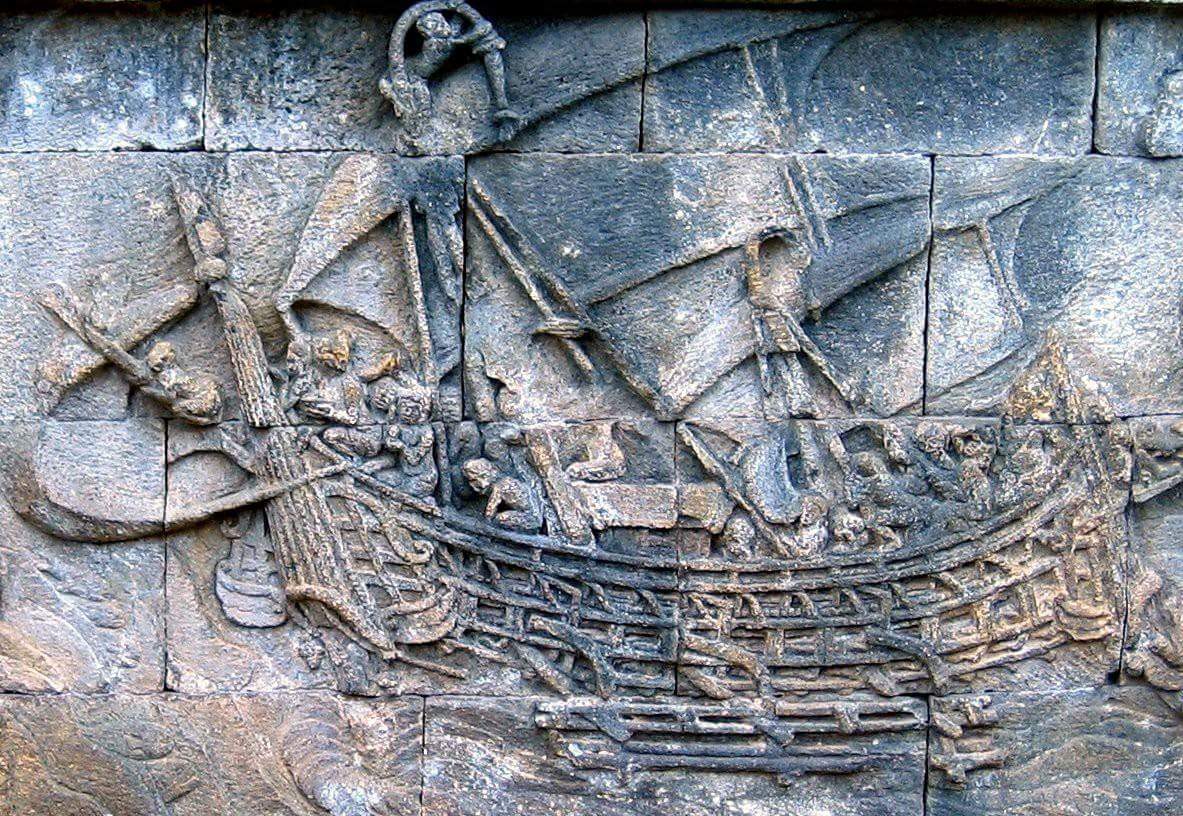Depiction of a temple having a dome and entrance framed within a 'pointed arch'
Dated: ~1-3rd century CE
Entrance is likely derived from arched torana with concentric arches, space between them is beautifully decorated with scrollwork and floral patterns. #Gandhara
Dated: ~1-3rd century CE
Entrance is likely derived from arched torana with concentric arches, space between them is beautifully decorated with scrollwork and floral patterns. #Gandhara
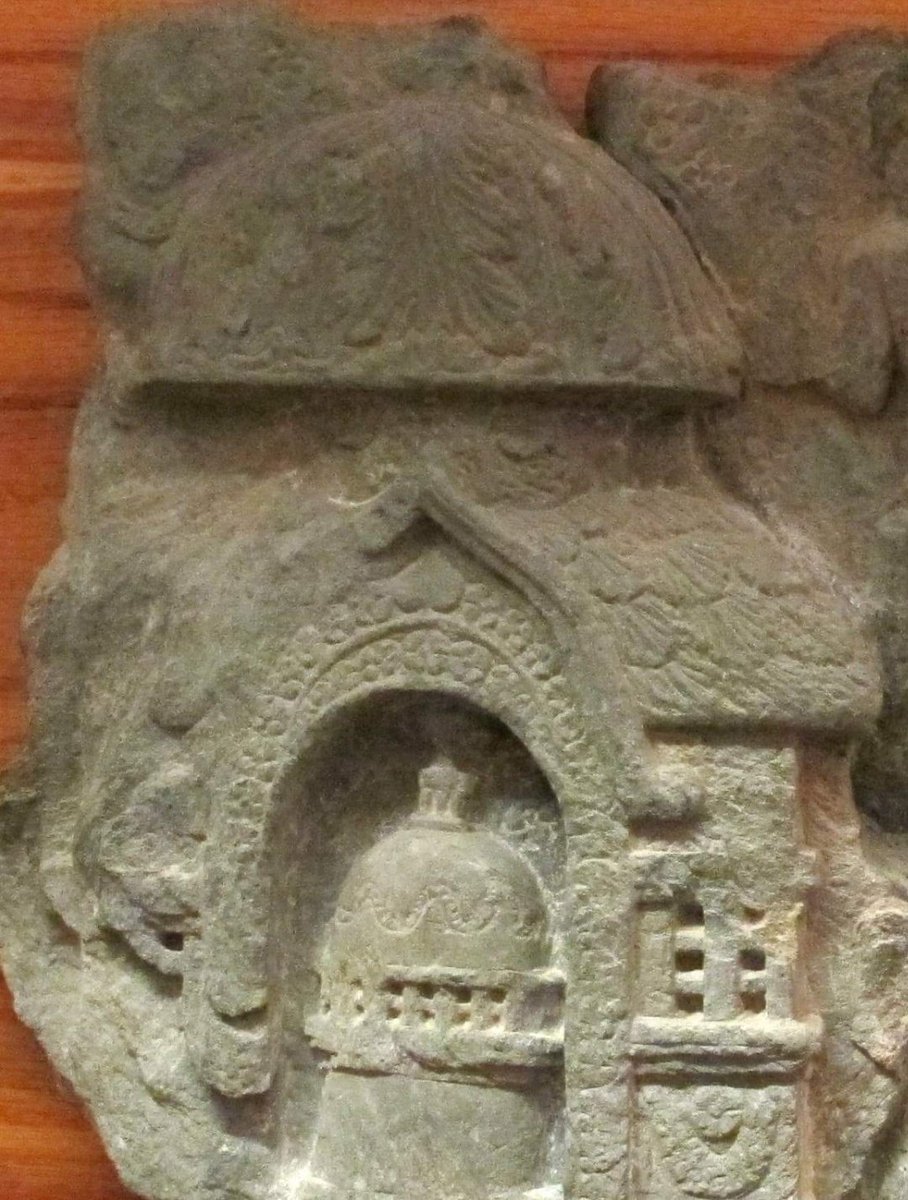
Dome of the temple was capped by Kalasha.
Fortunately there are various temples same features which survived the wrath of Islamic invaders. See the one in below link
Link: m.facebook.com/story.php?stor…
In the above temple, we can see the space for similar projected door frame.
Fortunately there are various temples same features which survived the wrath of Islamic invaders. See the one in below link
Link: m.facebook.com/story.php?stor…
In the above temple, we can see the space for similar projected door frame.
• • •
Missing some Tweet in this thread? You can try to
force a refresh





